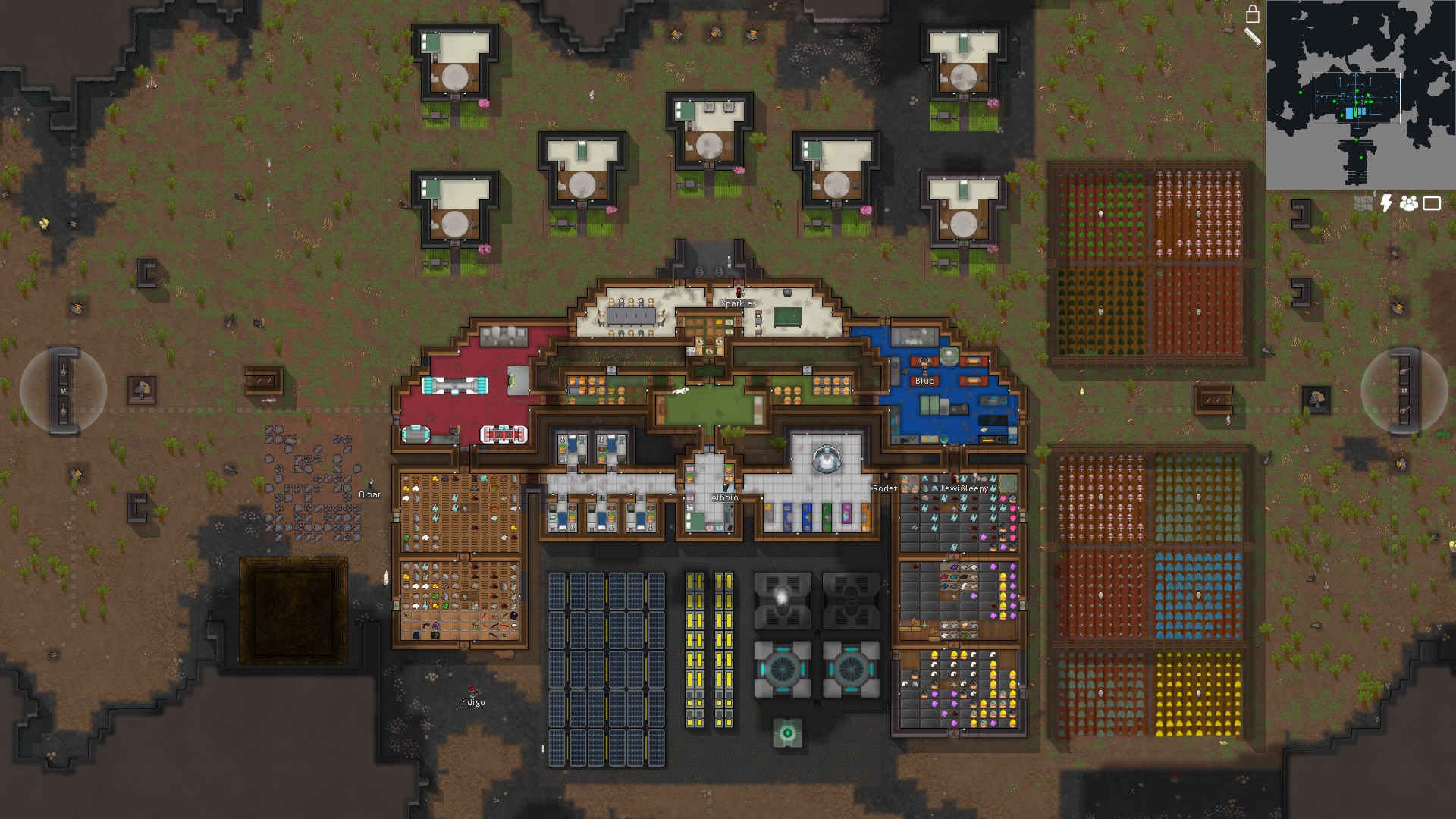



Cryonics Cryopreserving humans and animals with the intention of future revival. Examples include superconductivity and variable-range hopping. Cryoelectronics The study of electronic phenomena at cryogenic temperatures. Cryosurgery The branch of surgery applying cryogenic temperatures to destroy and kill tissue, e.g. Cryoconservation of animal genetic resources The conservation of genetic material with the intention of conserving a breed. Cryobiology The branch of biology involving the study of the effects of low temperatures on organisms (most often for the purpose of achieving cryopreservation).
#RIMWORLD FREEZER HOW TO#
below 123 Kelvin), how to produce them, and how materials behave at those temperatures. Definitions and distinctions Cryogenics The branches of engineering that involve the study of very low temperatures (ultra low temperature i.e. Ĭryogenicists use the Kelvin or Rankine temperature scale, both of which measure from absolute zero, rather than more usual scales such as Celsius which measures from the freezing point of water at sea level or Fahrenheit which measures from the freezing point of a particular brine solution at sea level. The term "high temperature cryogenic" describes temperatures ranging from above the boiling point of liquid nitrogen, −195.79 ☌ (77.36 K −320.42 ☏), up to −50 ☌ (223 K −58 ☏). National Institute of Standards and Technology considers the field of cryogenics as that involving temperatures below -153 Celsius (120K -243.4 Fahrenheit) ĭiscovery of superconducting materials with critical temperatures significantly above the boiling point of nitrogen has provided new interest in reliable, low cost methods of producing high temperature cryogenic refrigeration. This is a logical dividing line, since the normal boiling points of the so-called permanent gases (such as helium, hydrogen, neon, nitrogen, oxygen, and normal air) lie below 120K while the Freon refrigerants, hydrocarbons, and other common refrigerants have boiling points above 120K. The 13th IIR International Congress of Refrigeration (held in Washington DC in 1971) endorsed a universal definition of "cryogenics" and "cryogenic" by accepting a threshold of 120 K (or –153 ☌) to distinguish these terms from the conventional refrigeration. In physics, cryogenics is the production and behaviour of materials at very low temperatures. A medium-sized dewar is being filled with liquid nitrogen by a larger cryogenic storage tank.


 0 kommentar(er)
0 kommentar(er)
